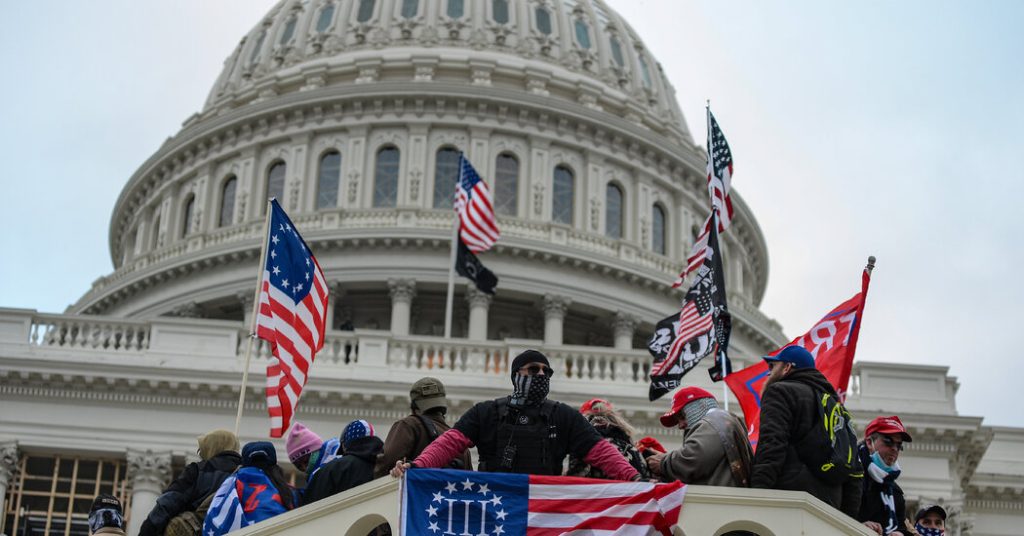In two weeks, Donald J. Trump is set to take the presidential oath of office once again, standing at the United States Capitol where the chaos of Jan. 6, 2021, unfolded. The attack on the Capitol seemed to mark the end of Mr. Trump’s political career, but his resurrection has been stunning, thanks in part to the way he and his loyalists have rewritten the history of that day, turning a political nightmare into a political asset. What began as an attempt to absolve Mr. Trump of responsibility for Jan. 6 gradually morphed into a narrative that blamed left-wing plants, Democrats, and the government for the violence, casting the violent rioters as patriotic martyrs. This revisionist interpretation has resonated with Mr. Trump’s faithful supporters, reinforcing the persecution narrative that has become central to his brand.
The attack on the Capitol was a calamity, with lawmakers seeking safety, Vice President Mike Pence dodging a violent mob, and several people dying, including a protester and four police officers. The aftermath has seen over 1,600 defendants prosecuted, with more than half pleading guilty and receiving sentences ranging from a few days to 22 years in prison. The story told by many indictments revolves around a speech by Mr. Trump before the riot, in which he falsely claimed the election was stolen and encouraged his supporters to “fight like hell.” Despite condemnation from Republican leaders and Democrats, Mr. Trump continued to perpetuate his rigged-election falsehood, seemingly washing his hands of the chaos that ensued.
Through the spring and summer of 2021, Mr. Trump’s Republican allies sought to cast doubt on the events of Jan. 6. The narrative evolved from blaming left-wing agitators to a conspiracy theory that the riot was a false-flag operation orchestrated by the FBI. This revisionist history gained traction among many MAGA influencers, Republican officials, and even members of Mr. Trump’s own family. As Mr. Trump remained mostly silent on the matter, emerging from his silence in late March with a new narrative that painted the events of Jan. 6 as largely peaceful and the rioters as a “loving crowd.” This distortion of reality laid the groundwork for the glorification of those who attacked the Capitol, reframing them as political prisoners, martyrs, and patriots.
As Mr. Trump continues to shape his narrative and prepare for a return to office, his efforts to rewrite the events of Jan. 6 have intensified. He has promised pardons for rioters, labeled Jan. 6 as a “simple protest that got out of hand,” and suggested that the attack was orchestrated by the government to discredit him. His supporters, including those charged in connection with the riot, eagerly anticipate his pardons and see themselves as victims of political persecution. However, the legal system has pushed back against these revisionist narratives, with judges like Royce C. Lamberth delivering scathing assessments of the violence and chaos that unfolded on that day. Despite Mr. Trump’s attempts to rewrite history, the facts remain unchanged, and the consequences of the Capitol attack continue to reverberate.


